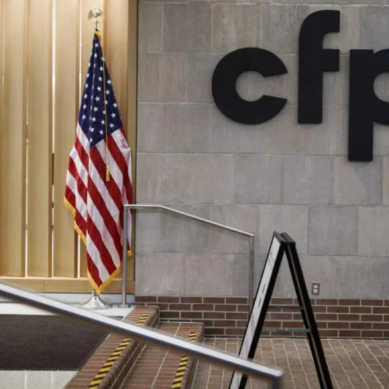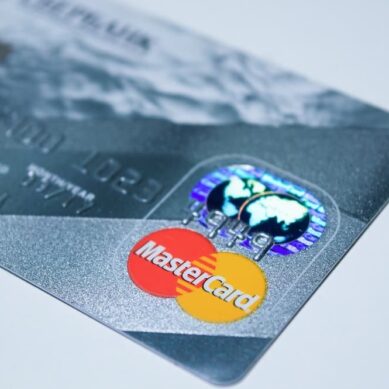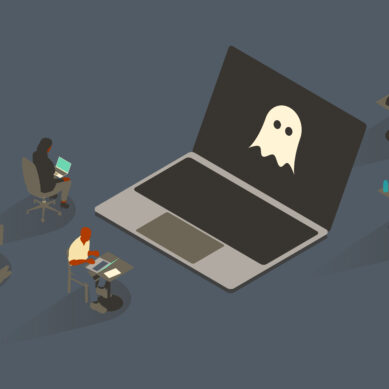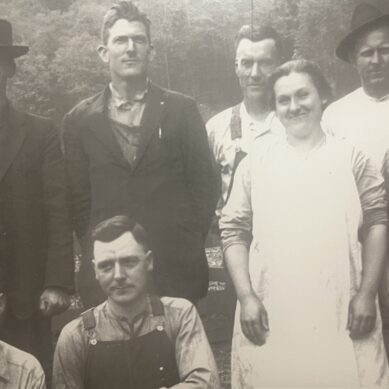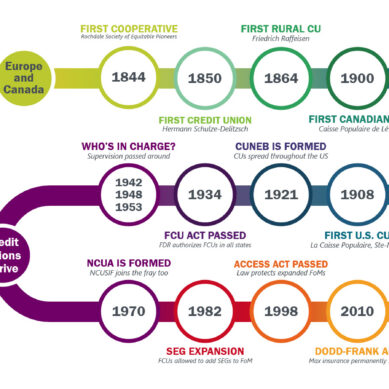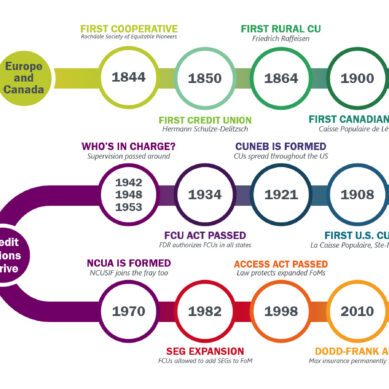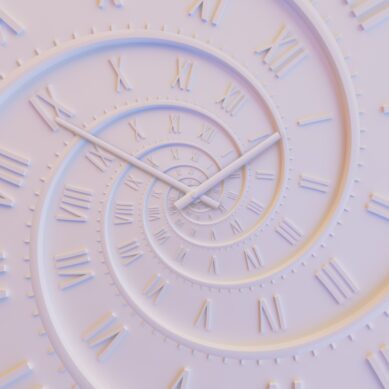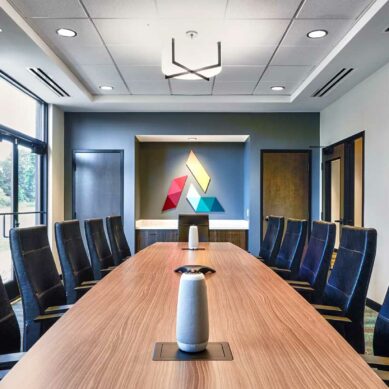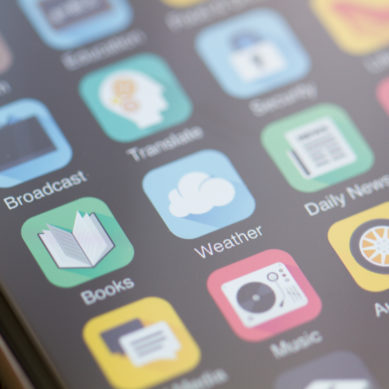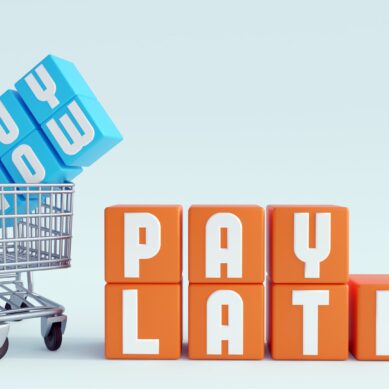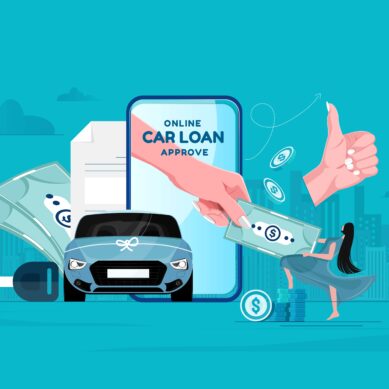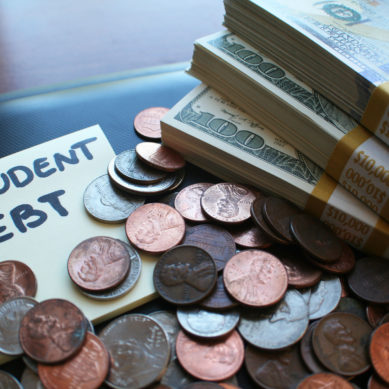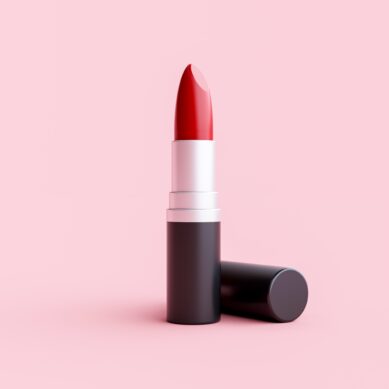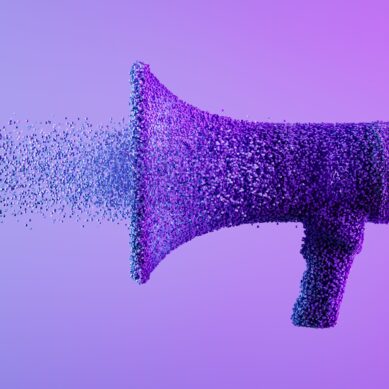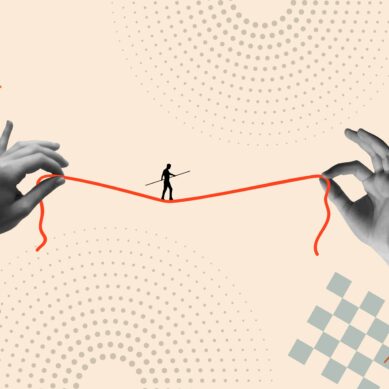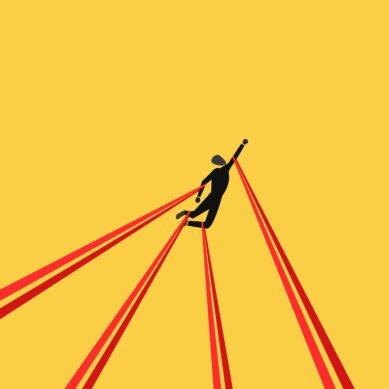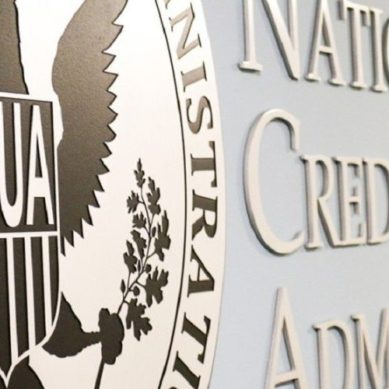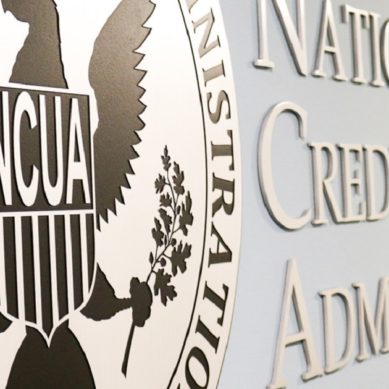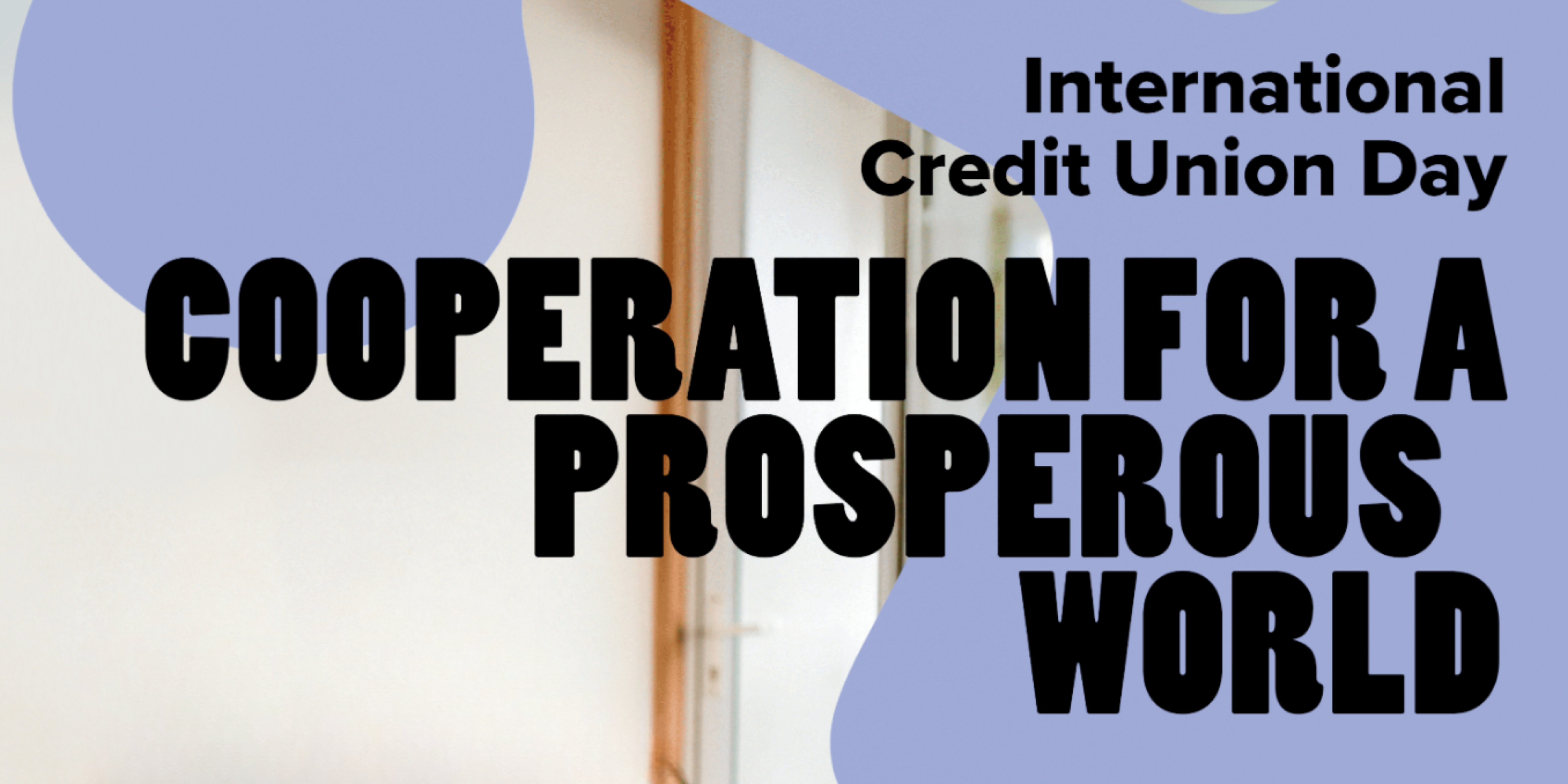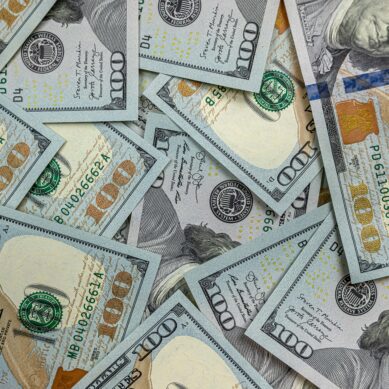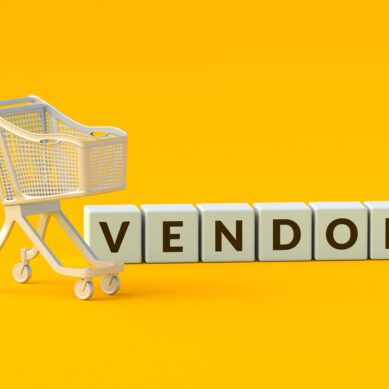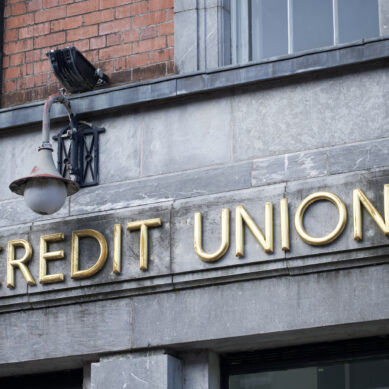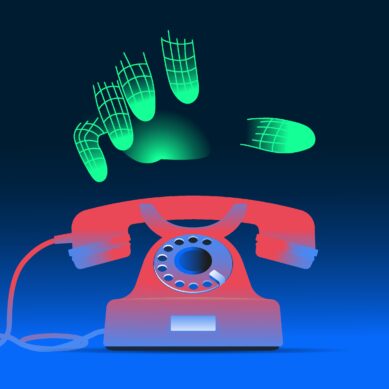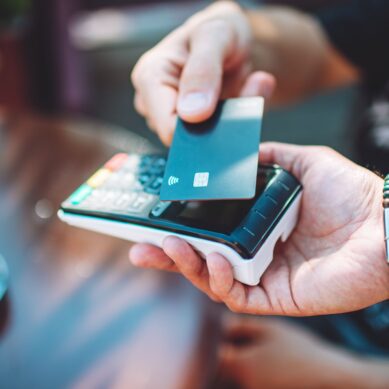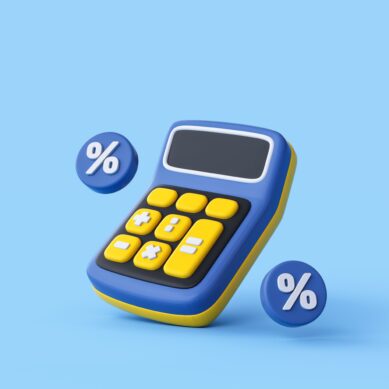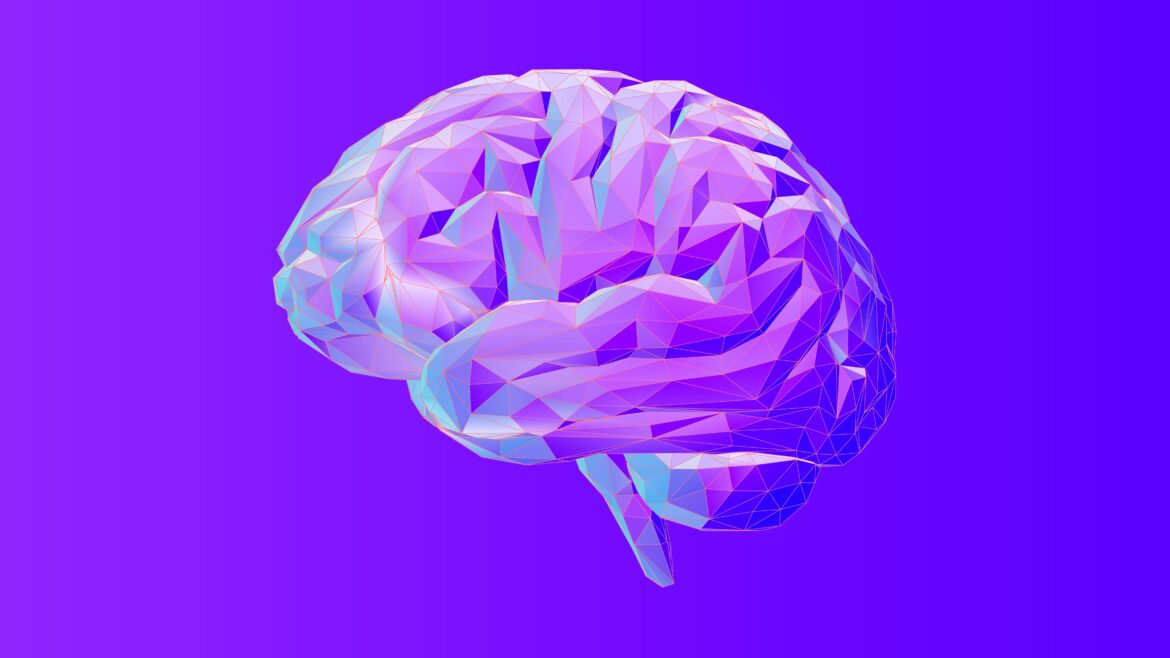“Never judge a book by its cover” is an old adage, one meant to remind us that appearances aren’t always what they seem and to caution against letting aesthetics overly influence our choices. And while the sentiment is nice and perhaps a good code to live by, it can be difficult to uphold. After all, who among us doesn’t judge a book by its cover?
We do this with things outside of books as well—make assumptions about quality based on appearances. Would you feel better doing business with a lawyer who wears sweats or a suit? Would you rather eat at a restaurant with fine china or one with stain-covered booths? None of these factors is a promise of how delicious the food is or what level of skill is being provided, yet we don’t stop them from affecting our thought process.
The reality is that for better or worse, aesthetics matter and play a huge role in our decision-making. Whether we buy a book, dine at a restaurant, or decide to open an account at a particular credit union is largely influenced by appearances, and can have a disproportionate effect on how we feel about what’s on the inside, even if we don’t like to admit it.
The aesthetic-usability effect
But this doesn’t simply come down to consumers being shallow or being swayed by the effects of marketing. There’s a scientific reason why aesthetics influence us so and why they play a leading role in determining how we feel about and therefore interact with products, businesses, and more. A study published in Molecular Psychiatry suggests that when humans perceive beauty, it triggers the brain’s reward system and can increase feelings of pleasure and happiness. Whether it be works of art, a pretty book cover, or a well-designed website or app, viewing aesthetically pleasing things quite literally affects our brains.
Not only does engaging with aesthetically pleasing things positively alter our mood, but it can also (unfairly) determine how we interact with and feel about something. This is referred to as the aesthetic-useability effect, which describes “users’ tendency to perceive attractive products as more usable.” Essentially, users often believe aesthetic products are more intuitive and function better than unaesthetic products.
Even if the opposite is true, and the unaesthetic product is the more effective and user-friendly product, users still tend to favor the former—even when asked to review the product specifically for its function—not form. In fact, not only do users prefer prettier products and experiences, but these aesthetics can often mask useability issues entirely, allowing aesthetic brands to get away with problems that less aesthetic products and brands would receive criticism for.
Studies conducted on the aesthetic-useability effect even found that this perception impacted a consumer’s ultimate decision on whether or not to purchase a product or even how much they feel the product is worth. Research done in 2021 showed that when participants were offered the choice between high-aesthetic and low-aesthetic items (with the low-aesthetic ones actually being Red Dot Design Award winners and the high-aesthetic ones being much cheaper Amazon products), they felt more pleasure looking at the high-aesthetic items, assigned a higher value to them, and were more likely to buy the product over the low-aesthetic ones (despite those being the better-designed products).
The takeaway? People are not only happier interacting with aesthetic products, but they also believe the product that looks better will work better. Thus, they are more likely to purchase the product or do business with the brand and walk away satisfied with their experience.
Transform the banking experience
So what does this mean for credit unions? How can this data be used and applied in their favor? The most obvious conclusion is that by properly employing aesthetics, credit unions can not only gain new members but also increase member retention by turning banking into a pleasurable experience.
An old, outdated website may not feel like a critical component—especially when paired with fantastic rates and phenomenal customer service—but it is most likely the first impression potential members will have of the credit union and the place current members will most frequent. Thanks to the aesthetic-useability effect, we know if a website looks behind on the times, users will most likely assume the credit union is behind on the times, even if it still has all the same offerings and technology as the rest. Users will also be more critical when struggling to find information, which can negatively impact a credit union’s brand.
There’s a strong connection between an aesthetically pleasing online system and a member’s excitement to use it. If studies are correct and aesthetically pleasing things activate the brain’s reward system and create pleasure, then having a well-designed website, app, and online banking will take what can often be an incredibly stressful endeavor and make it an enjoyable one, leading users to engage with it more. If members feel happy and rewarded when paying bills, checking their credit score, or making a budget, they are more likely to interact with their accounts, which can lead to better financial habits.
This is the design strategy of many newer financial institutions. With easy-to-use budgeting tools, bright colors, and positive messaging woven throughout their system, these financial institutions give members a feeling of financial empowerment, which creates a positive feeling toward the brand. Chime, a digital bank, even partnered with artists to release a physical budget coloring book for adults that allows members to track their spending each month, making creating a budget and sticking to it fun and relaxing. And really, that’s the ultimate goal here: to generate enjoyment, satisfaction, and reward for those who use the product, which can in turn be applied to the brand itself.
For example, it wasn’t Chime’s coloring book that improved the user’s finances, it was the user’s ability to create and stick to a budget. However, it was the enjoyability and aesthetics of the product that made creating a budget an easy process, and therefore, the user walks away with the conclusion: “Using Chime improved my finances.” The same applies to credit unions. If credit unions can create aesthetic online or physical products and tools (think coloring book) that can make the user feel good about managing their money, they can cultivate a connection between the user, their finances, and the credit union.
Let aesthetics be a tool, not a deterrent
Of course, we would all like to believe that we don’t let appearances influence us to such an extent, but they often play a larger role than we realize. By leaning into aesthetics and taking advantage of the aesthetic-useability effect, credit unions can not only improve their overall user and member experience, but they can also turn money management into a fun and gratifying interaction which can have a positive impact on members’ finances.
Aesthetics aren’t everything, of course. We all know the frog is secretly a prince and sometimes the best books have the worst covers, but credit unions should not rely on consumers’ ability to ignore aesthetics and base decisions entirely around what’s on the inside to gain their business. Let aesthetics work for your credit union’s brand as a solid marketing strategy instead of fighting against it.
